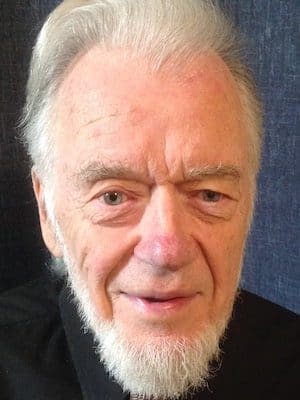You may not have remembered her name, but perhaps you recall hearing about the young U.S. woman who was killed in 2003 by an Israeli bulldozer in the Gaza Strip.
Her life story is told in a one-woman play titled “My Name is Rachel Corrie” and more fully in “Let Me Stand Alone: The Journals of Rachel Corrie,” both published in 2008.
We just finished observing Passion Week, when Christians recall the death of Jesus Christ, so it is also fitting to consider the sacrificial death of a young woman 10 years ago, even though hers does not have the same universal significance as Jesus’ death.
Rachel was born in Olympia, Wash., in April 1979. When she was 23, she joined other foreign nationals working as volunteers for the International Solidarity Movement in Gaza. And there she was killed on March 16, 2003, 10 years ago last month.
Rachel was interested in helping other people from the time she was a girl. She gave a speech about world hunger when she was in the fifth grade, which can be viewed here.
In her speech, Rachel declared, “I’m here for other children. I’m here because I care. I’m here because children everywhere are suffering and because 40,000 people die each day from hunger.”
She continued: “My dream is to save the 40,000 people who die each day. My dream can and will come true if we all look into the future and see the light that shines there.”
In January 2003, Rachel arrived in Rafah, Gaza, located in the very southern part of the Gaza Strip. When she arrived, it was a city of some 140,000 people, 60 percent of whom were refugees.
About two weeks later, on Feb. 7, she wrote how the Israeli army was building a 14-meter wall between Rafah and the Gaza-Egypt border.
Soon after observing the situation in Gaza, Rachel spoke out against “perpetuating the idea that the Israeli-Palestinian conflict is a balanced conflict.”
“Rather,” she insisted, it is “a largely unarmed people against the fourth most powerful military in the world.”
“Let Me Stand Alone” documents how, on Feb. 27, Rachel declared in an e-mail to her mother, “The vast majority of Palestinians right now, as far as I can tell, are engaging in Gandhian nonviolent resistance.”
A little later she wrote, “I’m witnessing this chronic, insidious genocide, and I’m really scared, and questioning my fundamental belief in the goodness of human nature.”
In “Razing Rafah, Mass Home Demolitions in the Gaza Strip,” Human Rights Watch noted that between September 2000 and September 2004, more than 2,500 Palestinian homes were demolished in Gaza. About two-thirds of those were in Rafah.
Rachel was trying to keep just one of those houses from being demolished – the home of the Nasrallah family: two brothers, their wives and five young children.
On March 16, 2003, as she was trying to keep the Nasrallahs’ house from being destroyed, Rachel was run over and killed by a Caterpillar D-9 bulldozer, a vehicle especially built to demolish houses.
Her death was the first of many Westerners who were killed in Gaza in the spring of 2003. Since the war had just started in Iraq, though, few Americans were paying much attention to Gaza.
The Iraq War officially ended in 2011. But the struggle of the Palestinian people to live unmolested in their own homes in their own land goes on.
Unfortunately, most Americans in the U.S. seem to side with the Israelis rather than with the Palestinian people who have been treated so unjustly since 1947.
Let’s pray that the president’s recent visit to Israel will help to relieve the tension between Palestine and Israel and that it at least sowed some seed that will eventually grow to help people like those for whom Rachel Corrie died.
Leroy Seat was a missionary to Japan from 1966-2004 and is both professor emeritus of Seinan Gakuin University and pastor emeritus of Fukuoka International Church. A version of this column also appeared on his blog, The View from this Seat, and is used with permission.
A missionary to Japan from 1966-2004, he is both professor emeritus of Seinan Gakuin University and pastor emeritus of Fukuoka International Church.

